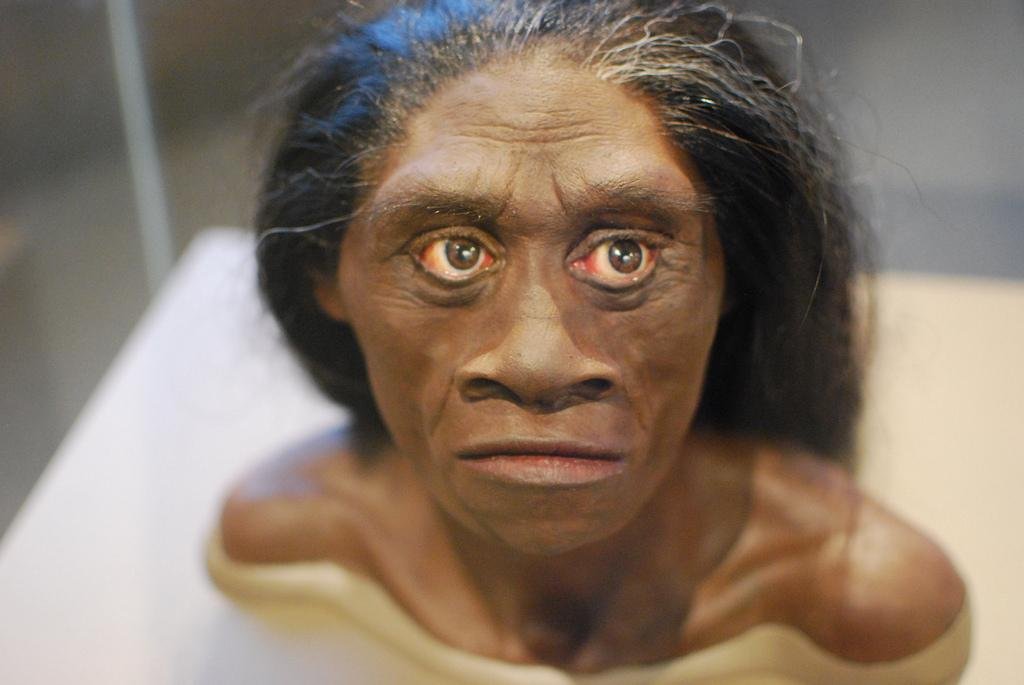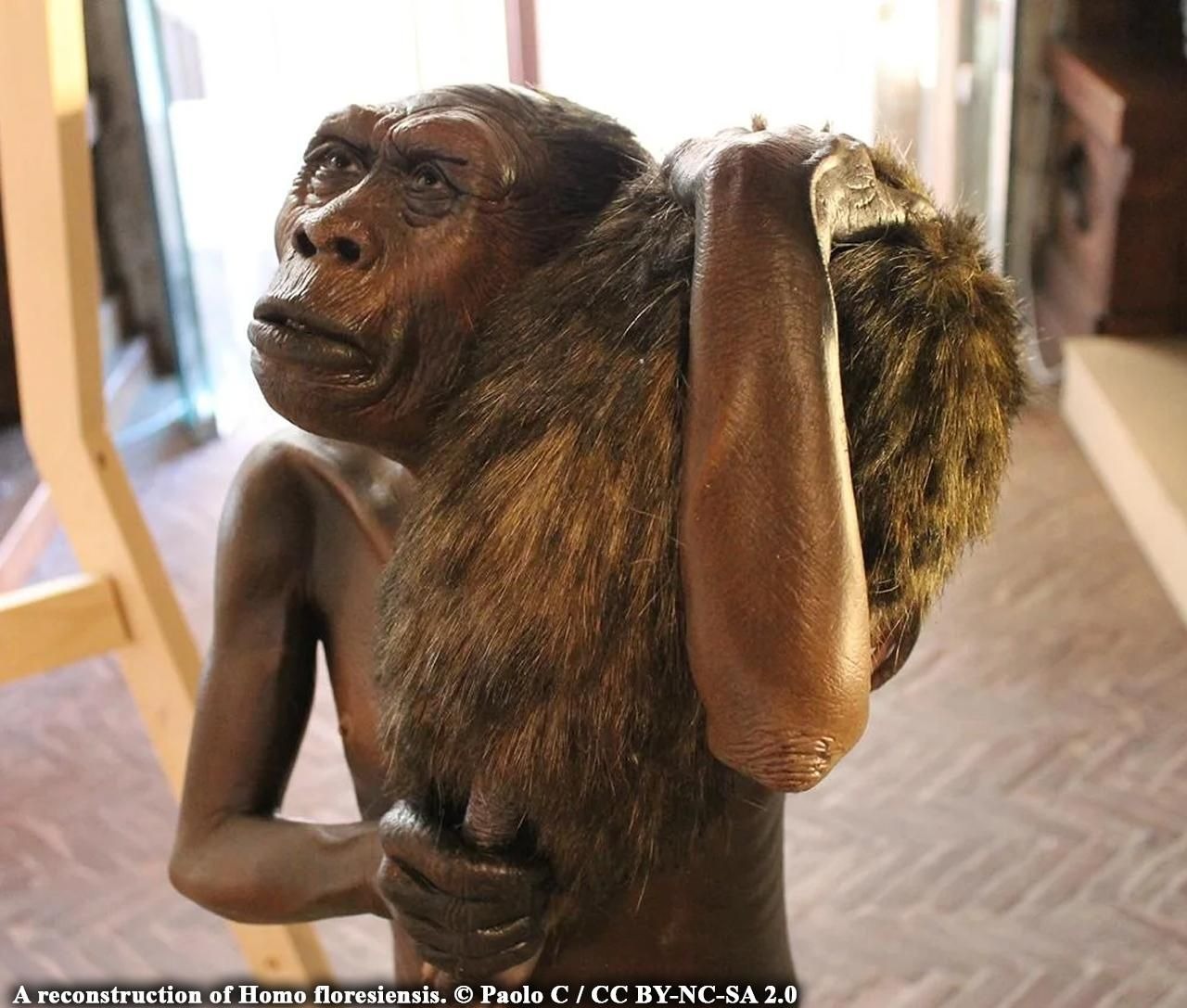In July 2025, a team of archaeologists from Griffith University in Australia and Indonesia’s National Research and Innovation Agency (BRIN) announced a groundbreaking discovery on the Indonesian island of Sulawesi. A set of ancient stone tools, unearthed during fieldwork at the Calio site in South Sulawesi, has pushed back the timeline of human presence in the region by hundreds of thousands of years.
Dating between 1.04 million and 1.48 million years ago, these artifacts are the oldest direct evidence of hominin occupation in the Wallacea region—a chain of islands between Asia and Australia separated by deep seas. The discovery not only confirms that early human relatives reached Sulawesi much earlier than previously thought, but also that they accomplished a remarkable feat: crossing the ocean long before modern humans evolved.
This find, published in the journal Nature, reshapes the story of early human migration in Southeast Asia and challenges researchers to reconsider how far and how early our ancestors spread across island environments.
A Landmark Discovery in Sulawesi
Between 2019 and 2022, Professor Adam Brumm of Griffith University’s Australian Research Centre for Human Evolution and Indonesian archaeologist Budianto Hakim led a joint research team excavating the Calio site. Here, they uncovered seven stone tools embedded in ancient sandstone layers.

The tools are small flakes of chert, created using a process known as percussion flaking, in which larger stones are struck to produce sharp edges. One particular flake shows signs of retouching—deliberate modification to refine its cutting edge. Such features indicate purposeful tool production, rather than accidental stone breakage.
These tools were likely used for everyday activities such as cutting plants, shaping wooden implements, or processing food. However, archaeologists have yet to find any animal bones with cut marks at the site, leaving the precise use of the tools uncertain.
Advanced Dating Methods Confirm Extraordinary Age
To establish the age of the artifacts, researchers employed multiple scientific techniques:
-
Paleomagnetic analysis of the surrounding sandstone layers measured shifts in Earth’s magnetic field locked into the sediments.
-
Uranium-series dating and electron spin resonance (ESR) tests were applied to a fossilized pig molar found in the same layer as the tools.
Together, these methods confirmed that the artifacts are at least 1.04 million years old, with the possibility of being as old as 1.48 million years.
This makes the Sulawesi tools far older than the previous record for Wallacea hominin presence, including the famous Talepu site in central Sulawesi (dated to ~194,000 years ago) and the stone tools found on Luzon in the Philippines (~700,000 years ago).
Who Were the Toolmakers?

The identity of the ancient hominins who made these tools remains a mystery. No fossil remains have been found at the Calio site, leaving researchers to speculate based on comparative evidence.
The leading candidates are:
-
Homo erectus: This species spread from Africa into Asia about 1.8 million years ago and is well-documented in nearby Java around 1.6 million years ago. Their presence so close to Sulawesi makes them a strong contender.
-
Homo floresiensis: The small-bodied hominins discovered on the island of Flores (popularly nicknamed the “Hobbits”), who lived until as recently as 50,000 years ago. Some scholars suggest their evolutionary roots could trace back to Sulawesi, making it possible that early populations developed there before migrating further south.
Professor Brumm remarked: “If hominins were isolated on Sulawesi for a million years, they could have evolved into something entirely unique—perhaps similar to the Flores Hobbits, or something we haven’t yet imagined.”
The Wallace Line and Oceanic Crossings

The significance of this discovery extends far beyond Sulawesi. It demonstrates that early human relatives crossed the Wallace Line, a biogeographical boundary separating Asian and Australasian species. The Wallace Line, named after naturalist Alfred Russel Wallace, marks a deep-sea barrier that even during ice ages never connected by land.
Reaching Sulawesi required crossing several ocean channels, suggesting that early hominins possessed basic seafaring abilities or were capable of accidental oceanic dispersal, such as being carried by floating vegetation. Either way, the find challenges old assumptions that only modern Homo sapiens had the skill to cross open seas.
The Puzzle of Early Human Adaptation
Sulawesi is a vast, ecologically diverse island sometimes described as a “mini-continent.” Its rugged mountains, tropical forests, and unique fauna would have presented both challenges and opportunities to early humans. Researchers now ask:
-
How did hominins adapt to Sulawesi’s landscapes and resources?
-
Did long-term isolation trigger evolutionary changes similar to those observed in Flores’ Homo floresiensis?
-
Could Sulawesi have been a launching point for further migrations deeper into Wallacea?
Answers to these questions will require more fossil evidence, but the tools themselves show that early humans thrived on the island far earlier than expected.
Implications for Human Evolution in Asia
The Sulawesi discovery reshapes the timeline of human presence in Southeast Asia. Until now, the earliest confirmed evidence of hominins in Wallacea was under one million years old. By extending that presence back to at least 1.04 million years ago, archaeologists must reconsider how early human relatives dispersed across island Southeast Asia.
It also fuels ongoing debates about the origin of Homo floresiensis. Did the “Hobbits” evolve independently on Flores, or were they descendants of an earlier Sulawesi population? If the latter, then Sulawesi could hold the key to solving one of the great mysteries of paleoanthropology.
Comparisons with Other Sites in Wallacea
-
Flores, Indonesia: Homo floresiensis fossils dated to between 100,000 and 60,000 years ago, with stone tools going back over 700,000 years.
-
Luzon, Philippines: Fossils of Homo luzonensis discovered in Callao Cave (dated to ~67,000 years ago) and stone tools on the island dating to ~700,000 years ago.
-
Talepu, Sulawesi: Previously the oldest Sulawesi evidence of hominins (~194,000 years ago).
The Calio site therefore pushes the presence of hominins in Wallacea back by hundreds of thousands of years, making it a centerpiece of ongoing debates about human evolution in Asia.
Why This Matters Today
Discoveries like this are more than historical curiosities—they reshape how we understand what it means to be human. The Sulawesi tools demonstrate that ancient human relatives were far more capable than once believed. They could adapt to complex environments, innovate with technology, and perhaps even navigate seas.
For Indonesia, the find highlights the country’s central role in global human evolution studies. Already home to famous sites like Java (Homo erectus) and Flores (Homo floresiensis), Sulawesi now adds a crucial piece to the puzzle.
For the world, the discovery reinforces a broader truth: human history is deeper, more complex, and more geographically widespread than we ever imagined.
Conclusion
The seven stone tools from Sulawesi’s Calio site represent a remarkable breakthrough in paleoanthropology. At over a million years old, they confirm that early human relatives reached Wallacea long before modern humans evolved. Whether made by Homo erectus, an ancestor of Homo floresiensis, or another yet-unknown species, the tools prove that early humans were capable of extraordinary achievements—including oceanic crossings once thought impossible.
As Professor Brumm noted, the work is far from finished. Without hominin fossils, the identity of Sulawesi’s first inhabitants remains unknown. Yet their tools tell a clear story: nearly 1.5 million years ago, early humans reached Sulawesi, adapted to its landscapes, and left behind evidence of ingenuity that still challenges and inspires us today.
Sources
-
Nature – “Oldest evidence of hominins in Wallacea from Sulawesi, Indonesia”
-
National Research and Innovation Agency of Indonesia (BRIN) – Archaeological Collaboration Updates
